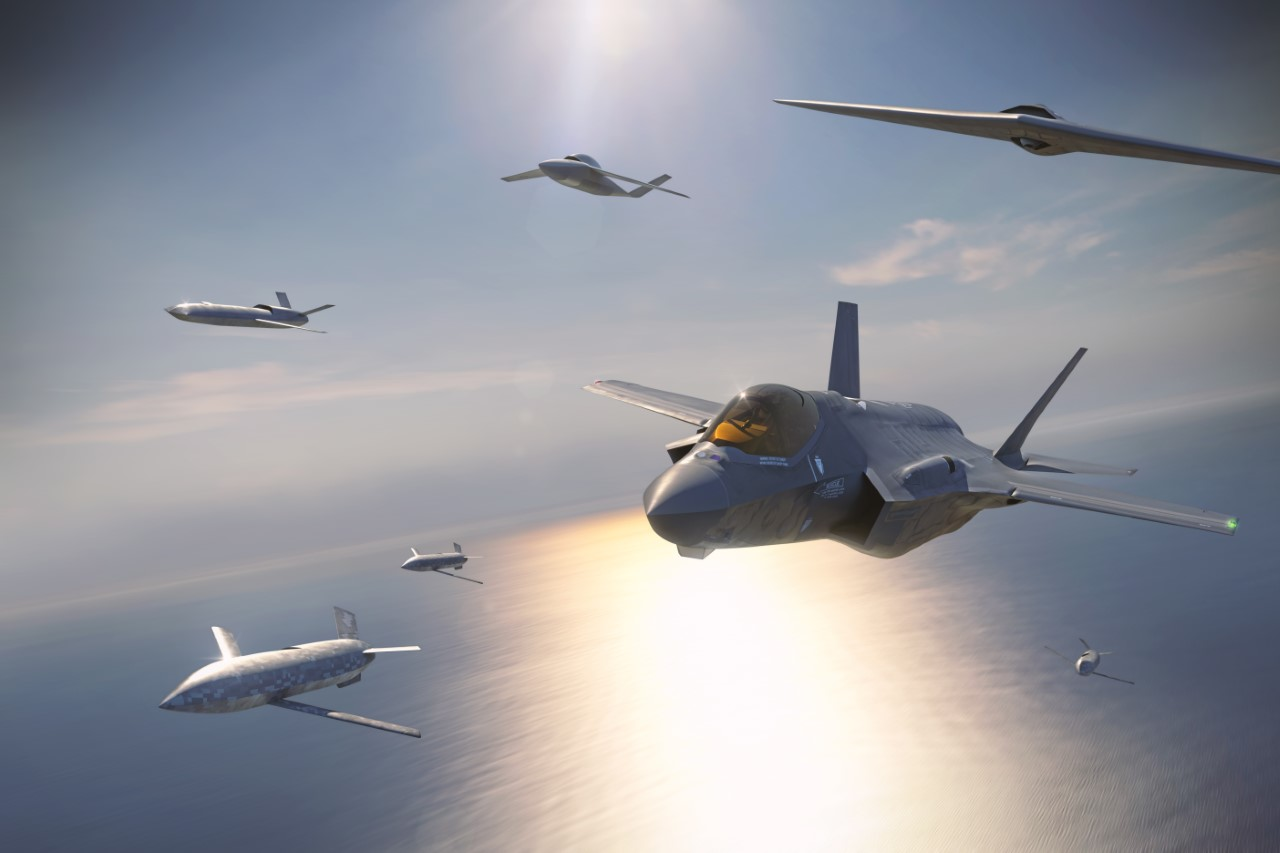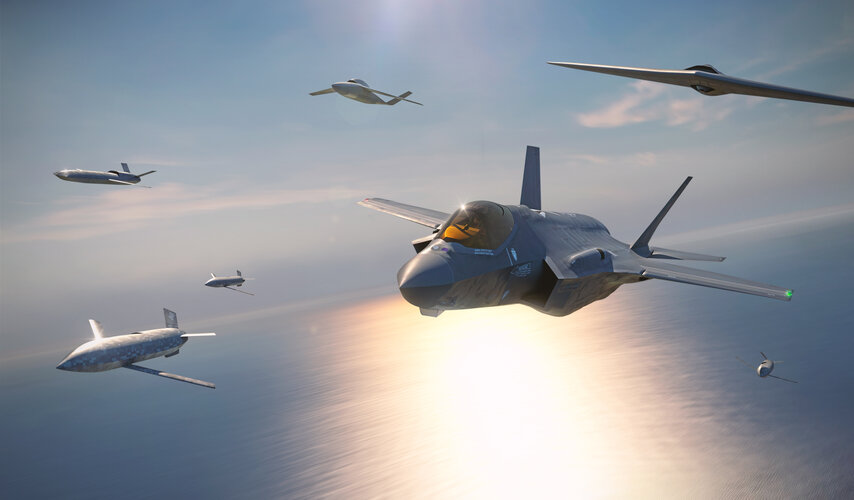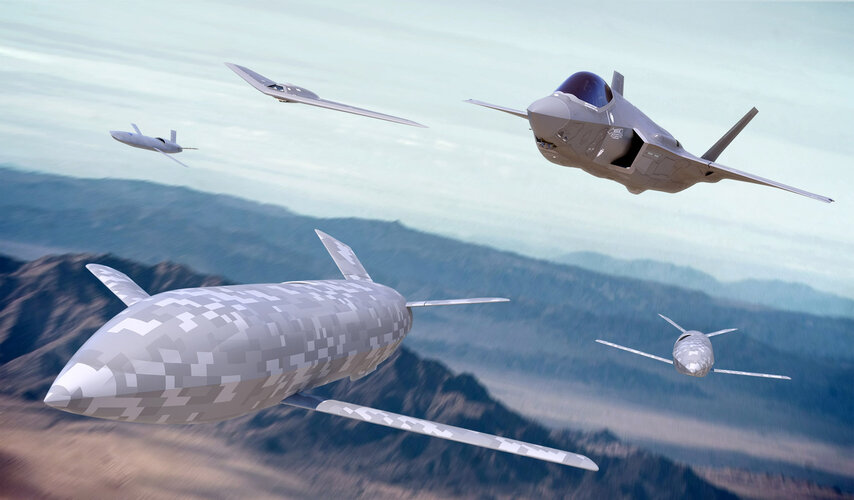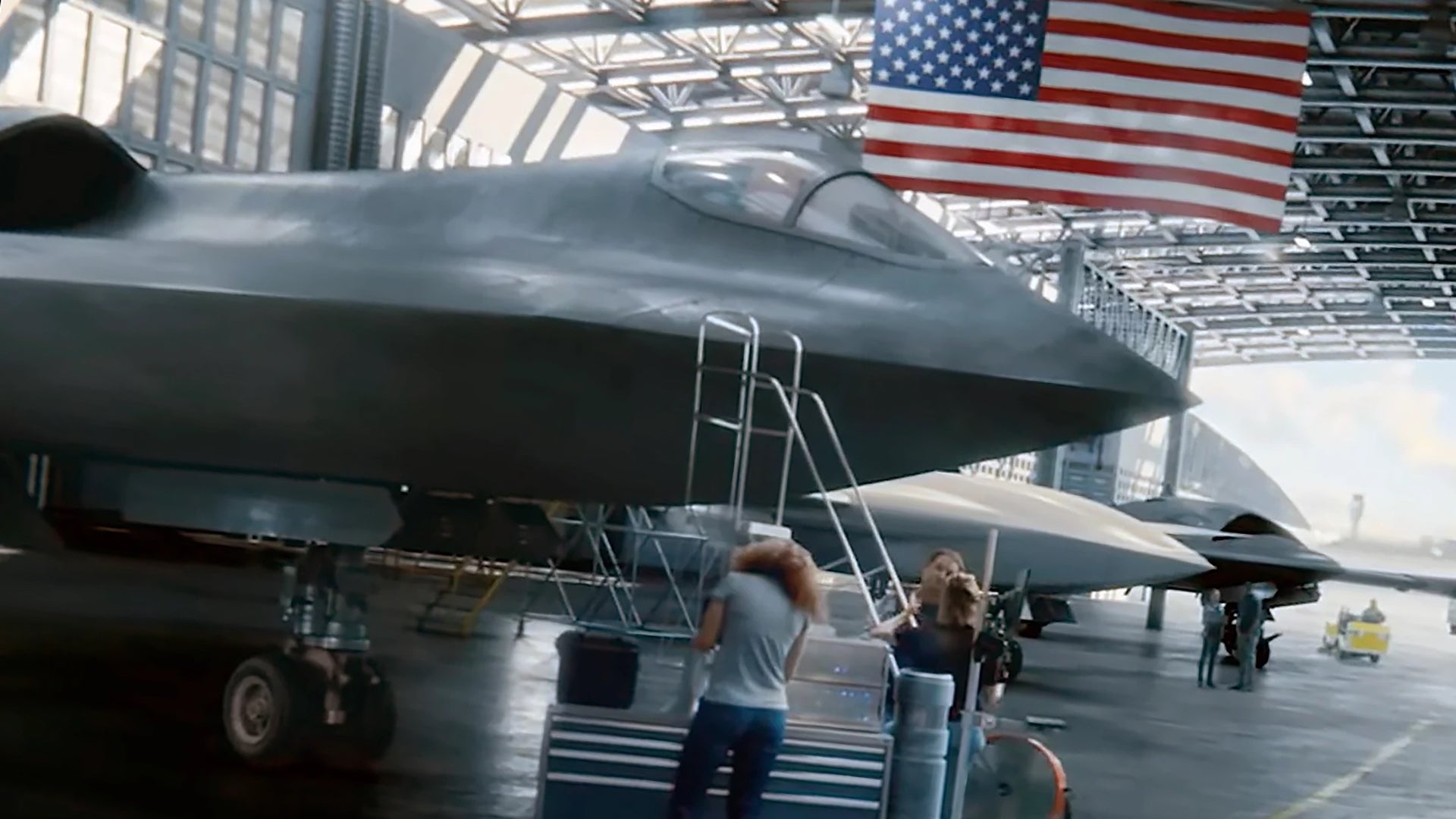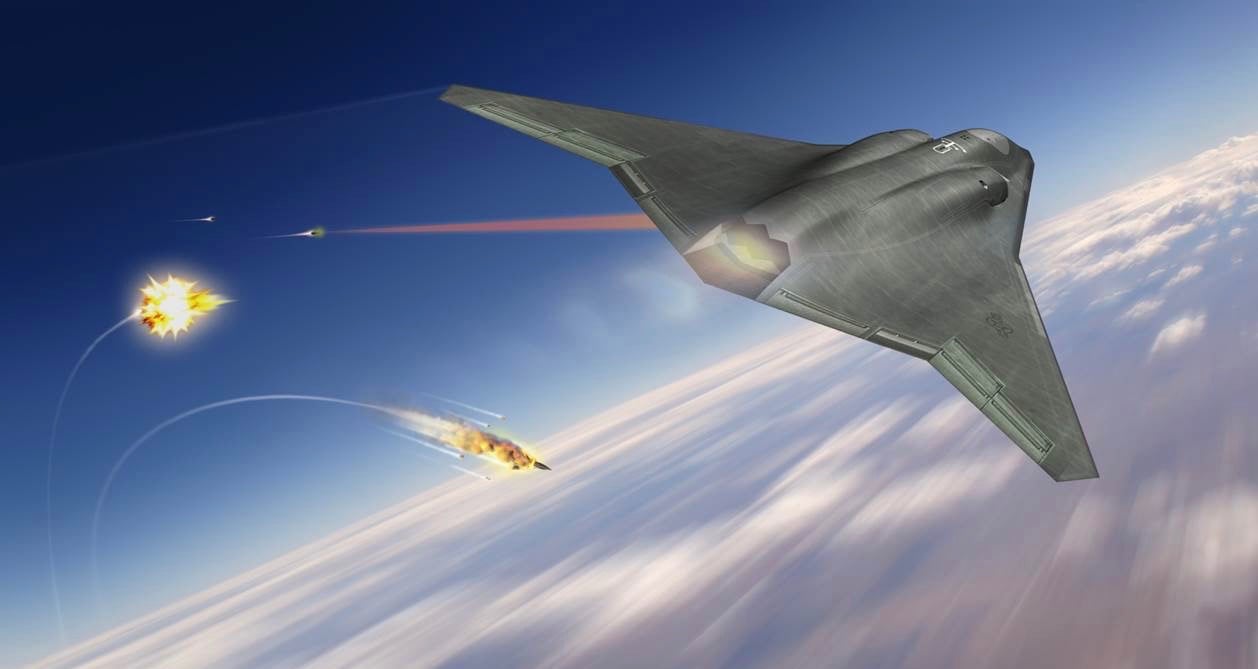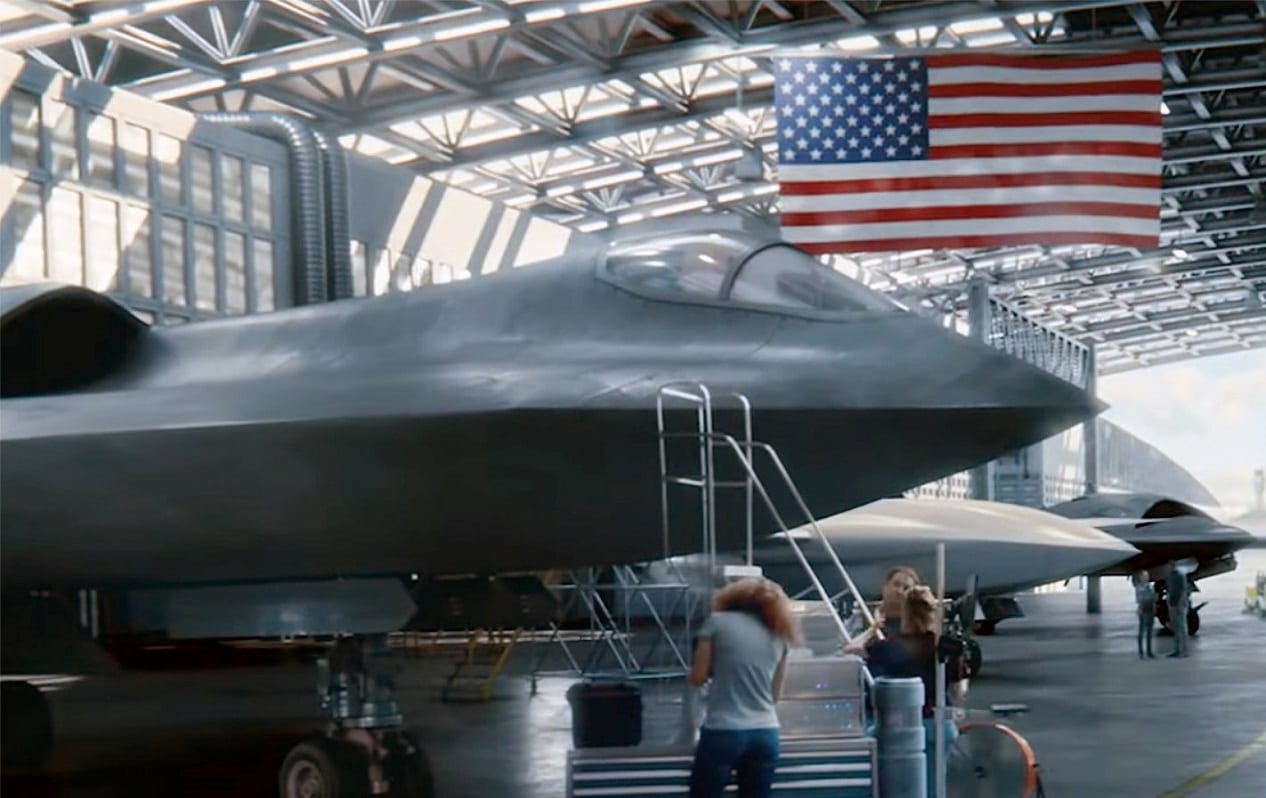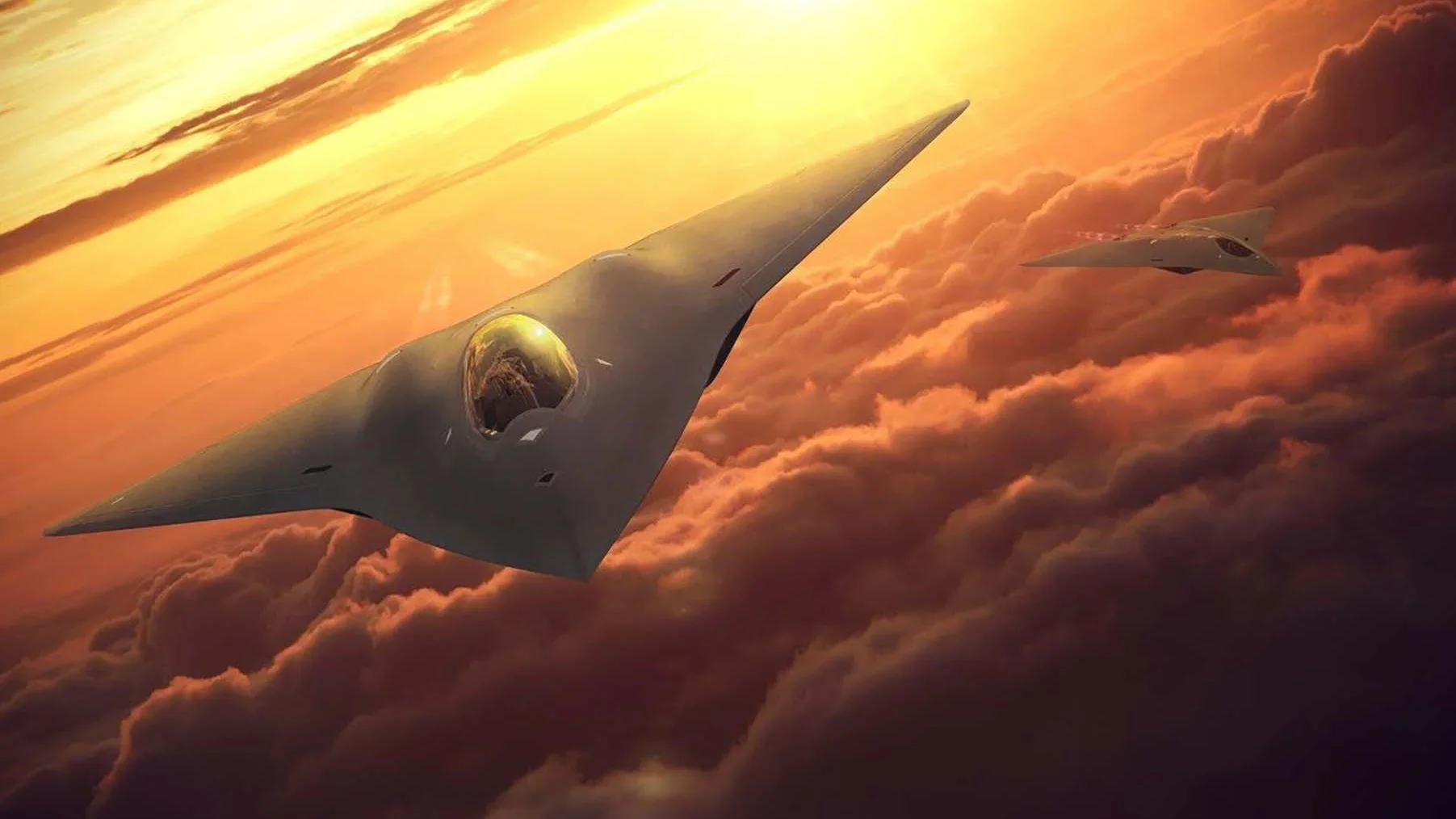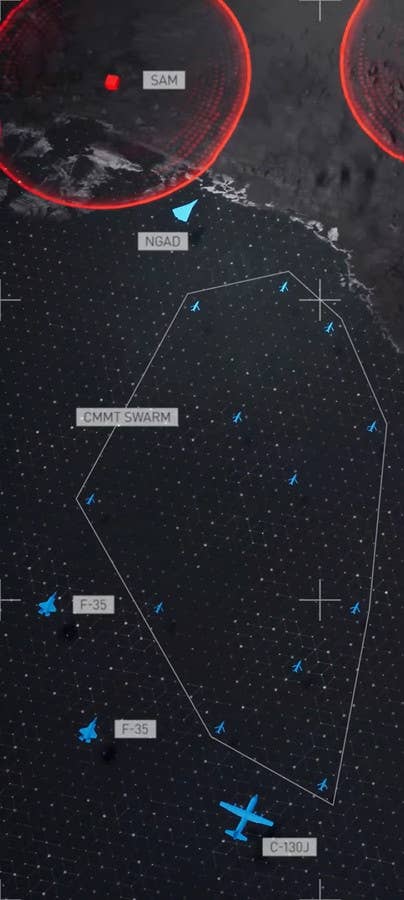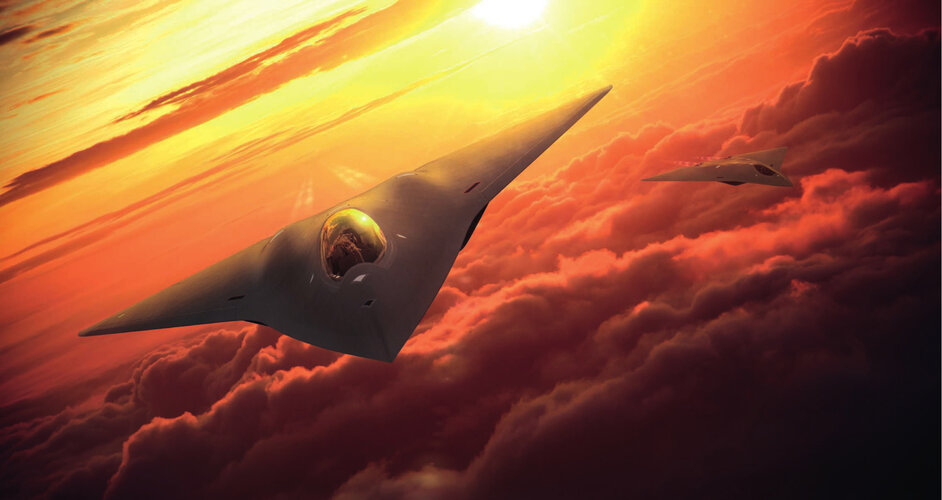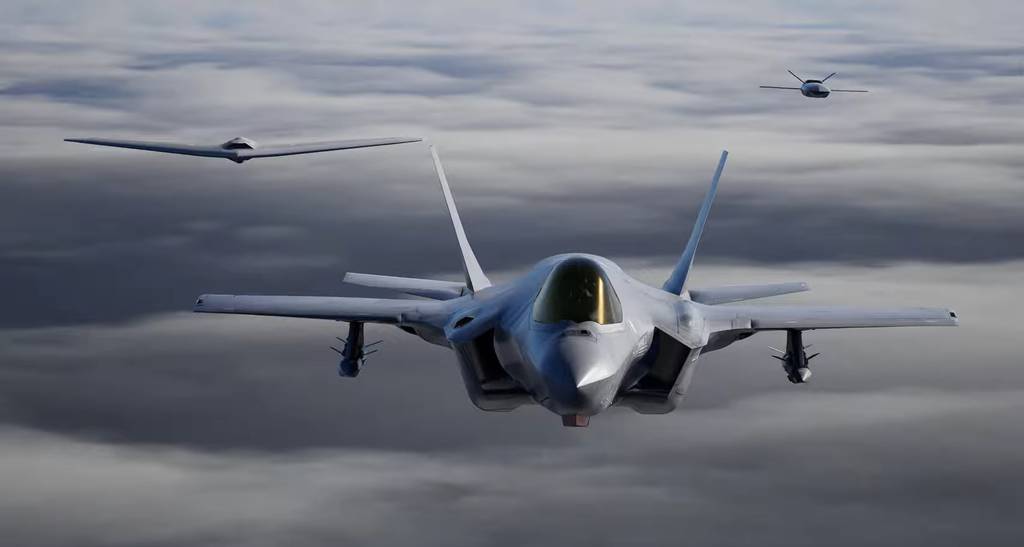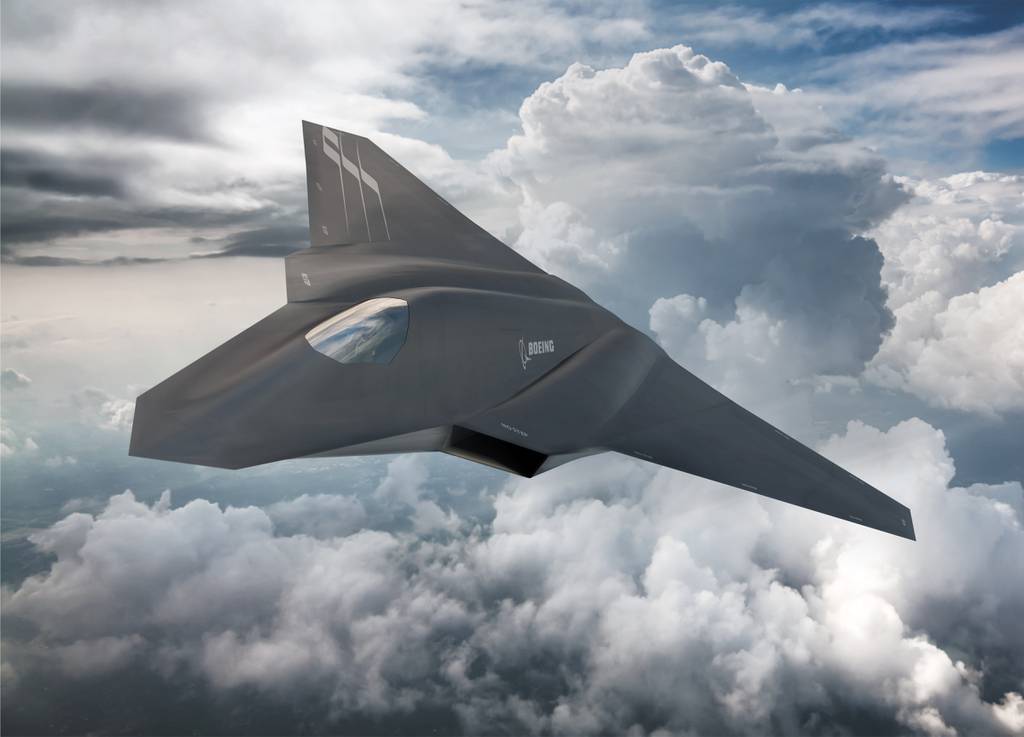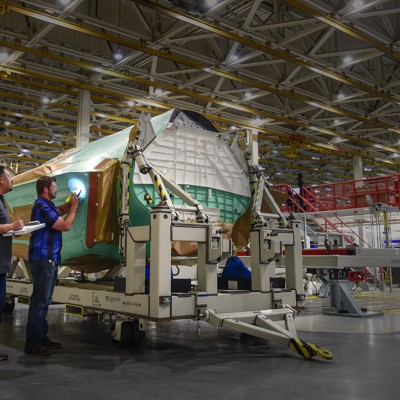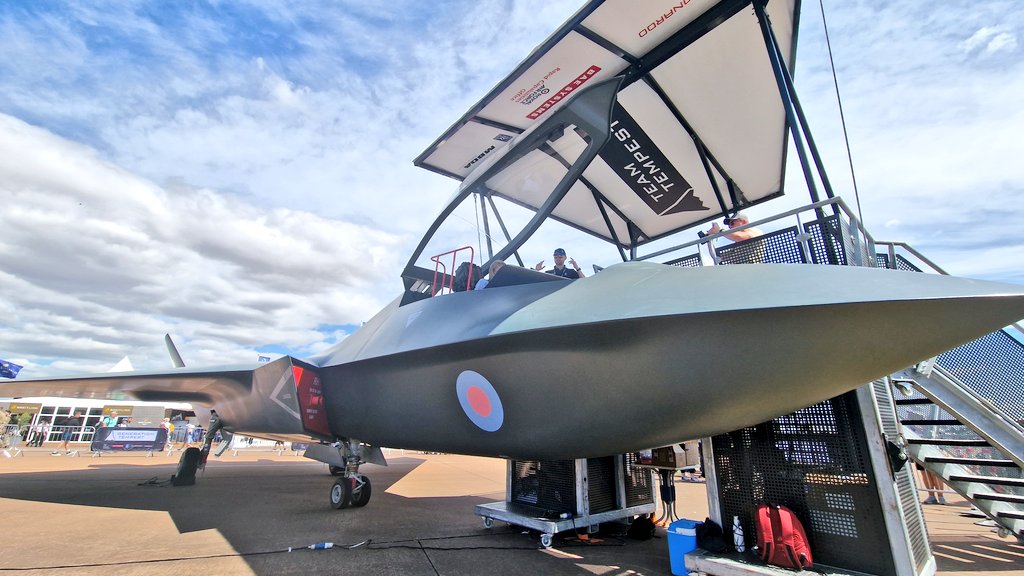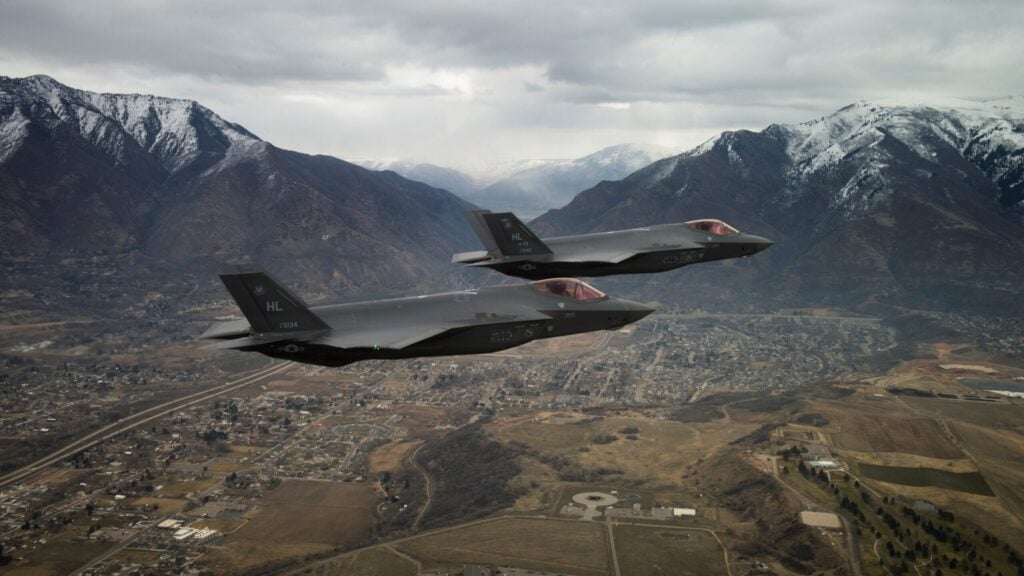The answer is: All of them. Every piece of data that can be collected will be thrown into a model and big data systems will be used to extract maximum value out of the information
You first ... collect data on building predictive models on tactically relevant factors and observables, ideally parameters you can observe in the enemy while fighting. ... opponent model gets built up, ... cross correlated with things like personnel databases, peace time data collection and such ...
But that would just a small side project in the identify contacts by means of data fusion.... <snip>
The details is not something you can know beforehand, you can just ... stumble up exploitable information once a while. ...
Trillions of data points will be collected, thousands of ideas and models explored, hundreds of software changes is to be expected throughout a campaign. ...
-------
The air force making AI as lower bandwidth RC airplanes is a far cry from all integrating hyper-informational model that seeks to outthink opponent on all levels of conflict across...
This is my core critique of "AI", as practised today. It pretends to be something that it cannot rigorously define. No one has come up with a reasonable definition of "intelligence". And without that, how do you know what you have implemented?
You don't need "intelligence", you just need behavior that leads to fulfillment of objectives. Design a scoring function on a model of reality and it reduces to a optimization problem that you can use a world of tools to compute.
So, we somehow "outthink [an] opponent" without "intelligence"? This is just the kind of loose talk that drives sloppy "AI" "solutions" to non-problems.
"Every piece of data that can be collected will be thrown into a model and big data systems will be used to extract maximum value out of the information"?
Seriously? "Data" is
not "information". Collecting all of it without defining what you are looking for creates noise, not knowledge. For example, the number of nose hairs in an average pilot's left nostril and the same pilot's visual acuity are both
data. Whether either or both or neither is
information is something we cannot determine until we have defined the question that we are trying to answer and done some controlled experimentation. The same goes for all "observables": we've know since Francis Bacon that uncritical, empirical observation is not knowledge and does not answer scientific questions. Empirical evidence is a mixture of noise (lots) and signal (very little). Without well-considered and well-constructed filters, you have nothing.
So you can't just blithely refer to "tactically relevant factors" in passing. Until you have defined what, exactly,
is relevant, tactically or otherwise, and tested your definition with controlled experiments, data--observables--are useless. The buzz words "AI", "model", "Big Data", "data fusion" are supposed to dazzle us with visions of super tech. But all they do is obscure the difference between information processing and random data gathering.
You imply that we cannot define requirements with adequate granularity because we cannot know the future, but must instead proceed from vague requirements "like ""data fusion"" in the hopes that more precise requirements will emerge eventually by pure chance: "The details is not something you can know beforehand, you can just ... stumble up exploitable information once a while." But it is
because we cannot know the future that we formulate hypotheses, test them under controlled conditions, and then define specific requirements for dealing with the most likely future outcomes. Understanding precisely what happens
now is our best guide to what may happen
next--and the basis of science.
Perhaps a slightly more detailed example of the real-world that lies behind "AI" and "big-data" hype will help. I started in my current profession as a database programmer. Databases work because you start with a specific problem that the database is supposed to solve--the more specific the definition, the higher the likelihood of success. You then define a set of expected relationships between data points and set up tables, keys, indices, etc. accordingly. When ready, you test the results. In my first case, the subscribers got their issues on time, the publisher got its subscription fees, and I got my fee. Success! My model of the client's business worked. From what I have seen subsequently, vastly larger and more complex corporate databases are developed and work in exactly the same way.
Ignoring the original design, purpose, and structure of a databases undermines its utility and validity. By doin so, you essentially strip it of ithe controls and and logical relationships that make information out of data. Terms like "AI", "big data", "data mining", and "data fusion" obscure this reality to sell systems. Corporate suits can believe that they can gain low-cost , spontaneous "insights" simply by munging all their old databases together. Value for nothing, almost. Credit reporting companies, advertisers, and surveillance-state types in our governments love this approach because it is easy to understand (if you do not think to much) and seems to offer extra return on the investment they made in the original databases. Throw enough miscellaneous data together, stir, and wait for the goodness to emerge from the soup--like magic.
And magical thinking it is. The purpose and design of the collection, storage, and processing system determines the information value of the collected data. Combine them uncritically under the "throw-it-all -in" big-data model and you lose any possibility of drawing reliable conclusions. You take away the order and the result is just noise. Patterns will emerge from this chaos, just as the "big-data" experts claim--humans find patterns in the tile floors of public restrooms--but their will be no reason to think that the patterns are meaningful/useful/actionable and no way to test them.
Acting upon a revelations revealed on the men's room floor is no the way to achieve greatness. (Think about this the next time a corporate leader talks about "data-driven decisions",)
My direct experience with actual "big-data" work is admittedly limited but also revealing. I joined a project that was sold on the basis of "AI". My job was to document the different parts of a large, complex integration for the client. One problem emerged: I could not figure out what the "AI", the "predictive analytics" software installed on client systems actually did. It did not seem to be connected to anything. It turned out that "AI" was a required part of the bid, but had nothing to do--it was, euphemistically speaking, a "future capability" that was included to keep non-technical suits happy, both in our company and in the client's. The "data-mining" also did not proceed per the marketing team's "big-data" pitch. The client's many databases were not "combined" (munged). Instead, a team of database analysts with a decade plus of experience in the client's line of business systematically copied and dismantled the original databases, rigorously classified the data, and then transferred the contents field-by-field to a new database that was purpose-designed for use with analytic algorithms designed specifically for the customer's business problem. A classic database solution that met the client's real requirements., while ignoring the meaningless "AI" in the original request for proposals.
There are no shortcuts for achieving the kind of performance that you want from your robot airplanes. Achieving it (if it is achievable) will be an enormous and, yes, dangerous undertaking, not because of the rise of Skynet but because of the potential costs and consequences that result from errors in large, complex systems. You cannot count on technical advance to somehow spare you the effort of defining requirements, because that effort is
technical advance.

